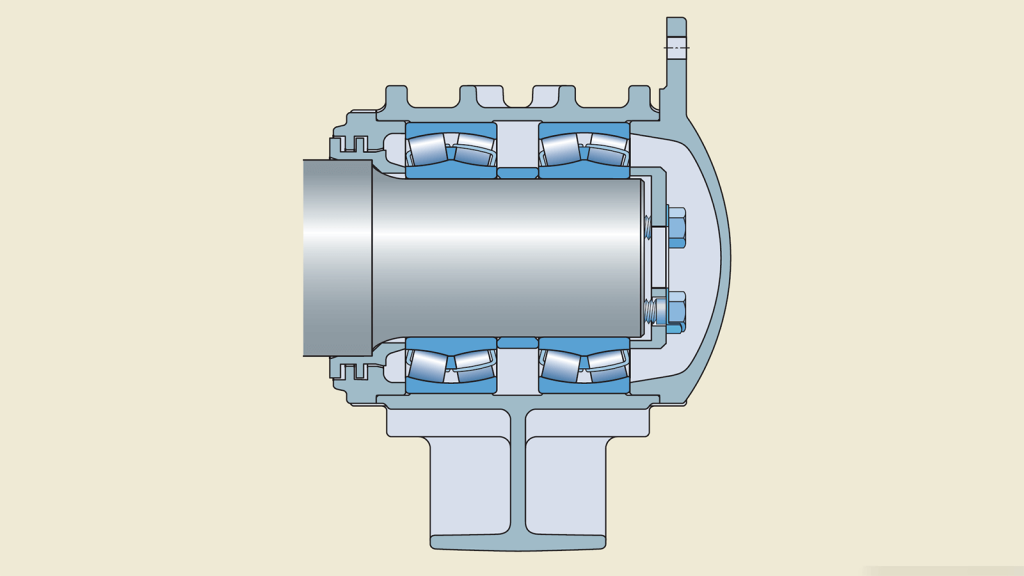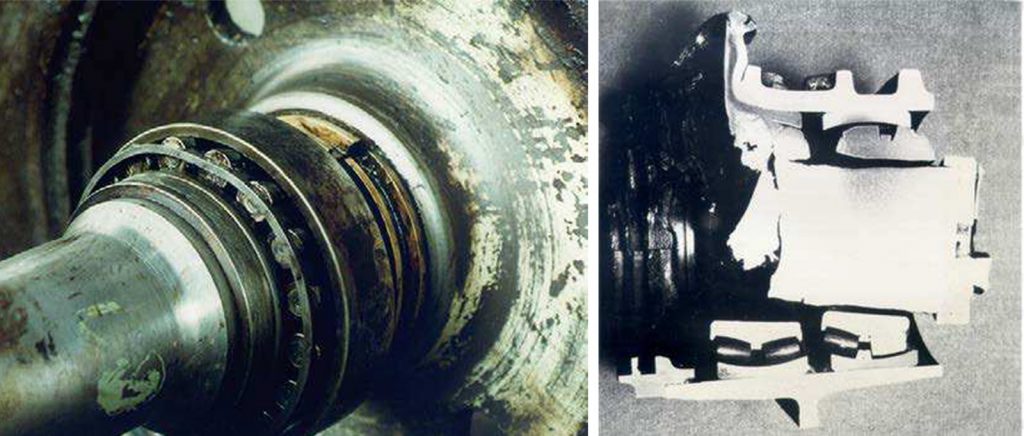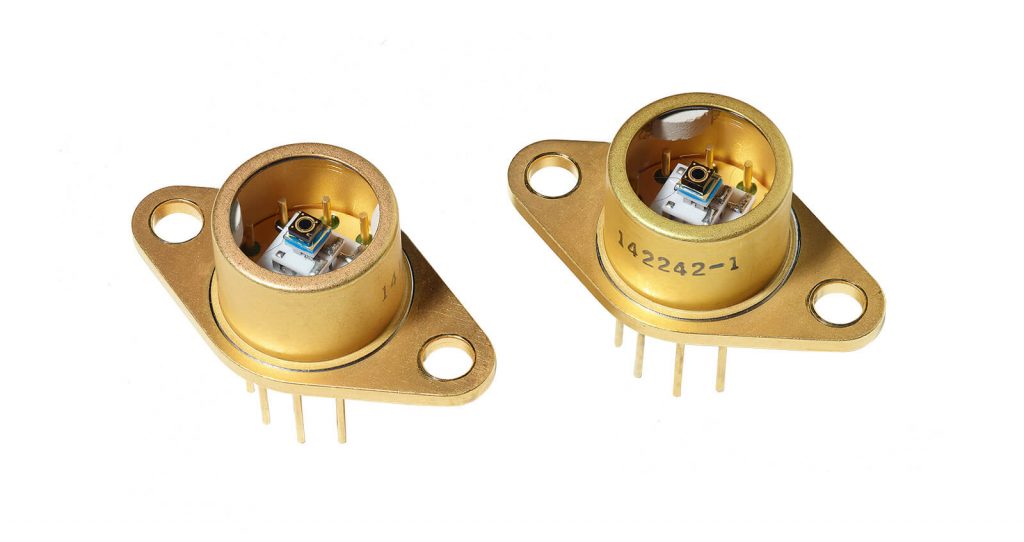Hot Wheels: Can thermal imaging and better hotboxes improve rail safety?
News headlines highlight the global challenges in preventing train derailments and potential solutions
On February 3rd, 2023 at approximately 8:54 pm, eastbound Norfolk Southern Railway freight train 32N derailed in East Palestine, Ohio. 38 cars in total derailed and a fire ensued, damaging an additional twelve cars. An explosion and fire followed the derailment, and a “state of emergency” was declared by city council on February 4th, and an evacuation area was extended by Ohio Governor Mike DeWine on February 6th.
How did this happen? What would the consequences be? Complaining of health problems and pointing to dying animals in the area, residents subsequently started a class-action lawsuit against Norfolk Southern. Immediate questions notwithstanding, the potential long-term consequences of the derailment appear serious and may take years, to mitigate.
By February 14th, the National Transportation Safety Board (NTSB) investigators reported their initial findings, including their identification and examination of the specific rail car that initiated the derailment.
According to the NTSB: Surveillance video from a residence showed what appears to be a wheel bearing in the final stage of overheat failure moments before the derailment. The wheelset from the suspected railcar has been collected as evidence for metallurgical examination. The suspected overheated wheel bearing has been collected and will be examined by engineers from the NTSB Materials Laboratory in Washington, D.C.
What typically causes a derailment?
Running on almost 140,000 route miles, the U.S. freight rail network is the largest and most cost-efficient freight system in the world. While the number of derailments in the United States has fallen sharply, so has the amount of rail traffic. In 2022 there were 1,000 derailments, with the comparative frequency going up, not down.
Researchers at the University of Illinois have shown that two of the most common causes of train derailments are either broken rails or bearing failures. Bearing-failure-caused derailments occur more frequently in higher track classes, where rails are more frequently inspected. These derailments from failed bearings then are more likely to occur in busier, more populated areas. Another 2022 Department of Transportation study found that nearly 20% of derailments were caused by roller bearings overheating. Surveillance footage of the East Palestine derailment seemed to capture video of the train’s wheel bearing overheating almost 20 miles away from where the train went off the tracks.
How bad is a derailment?
Damage – calculated in financial terms – is most often used to evaluate the severity of a train derailment. This can vary wildly, changing with the cost difference between locomotives and freight railcars, and the difference in repairing regular track versus special trackwork. Instead, a number of cars derailed may represent the physical forces in the train derailment. For example, 55% of bearing-failure-caused derailments had only one car derailed. By contrast, broken rails or welds are likely to cause more cars to derail. Therefore, of interest is to understand the derailment severity function within each accident cause group.
What are bearings and how do they fail?
Rolling bearings are among the most important components in trains (and most machines). Precise and exacting demands are made on their load capability, running accuracy, noise levels, friction, lifespan, and reliability. At their most basic level, they are a bearing which carries a load by placing rolling elements (such as balls or rollers) between two concentric, grooved rings. The relative motion of the rings allows each element to roll with very little resistance or sliding. The design can trace its heritage back to the first stones rolled over logs to the most sophisticated drivetrains of modern machinery.

There are several reasons why bearings can become damaged or fail. Made of metal and moving quickly, the bearing materials are subject to the extremes of heat and friction. While most bearings made today outlive their needed lifespan, they fail due to one or a combination of factors:
- Material fatigue
- Lubrication problems
- Contamination due to ineffective seals
- Other, including improper handling/mounting/fits, or loads beyond specification
As trains, particularly in the United States, have become larger and heavier the stresses on both rails and their machinery have increased.

Preventing bearing failure
Considering the stakes, prevention is a priority for both governments and private organizations. Bearing monitoring systems have been employed across the US to identify problematic units so they can be safely removed from service, preventing catastrophic train derailments. Today the railroad industry employs two types of detection systems to monitor the health of freight railcar bearings in service: Acoustic detection systems, and hot bearing detectors (HBD). The first type of system uses wayside microphones to detect and alert the conductor of high-risk defects. The second type, HBD, sit on the side of the rail tracks and use non-contact infrared (IR) sensors to determine the temperature of the train bearings, axles, and other rail car components as they roll over these detectors. The HBD then uses radio signals to flag rail crews of any overheated components. According to the NTSB’s report on the East Palestine derailment, a hot-box detector notified the crew moments before the train derailed, too late for the crew to react: “Train 32N was operating with a dynamic brake application as the train passed a wayside defect detector on the east side of Palestine, Ohio, at milepost (MP) 49.81.4. The wayside defect detector, or hot bearing detector (HBD), transmitted a critical audible alarm message instructing the crew to slow and stop the train to inspect a hot axle.”
The problem is that measuring the temperature of a complex device moving at speed is very difficult: in 10 milliseconds, a train going 40 miles per hour moves about 8 inches – around the width of the bearing. Rust or discoloration can mean that surface measurements may not reflect underlying truths. HBD systems have proven to be inefficient in accurately determining bearing health, especially in the early stages of defect development. Variables such as bearing class and IR scanning location may significantly affect the accuracy of HBD temperature data. These variables can cause the HBD system to underpredict or overpredict the rail-bearing operating temperature. In the event of an overprediction, a healthy bearing may be flagged as defective and removed from service. Upon inspection, if no defects or other problems are found, the bearing is classified as ‘non-verified’. In a study performed from 2001 to 2007, Amsted Rail found that nearly 40% of bearings flagged by HBD and removed from service were classified as ‘non-verified’. If an HBD underpredicts the temperature of a bearing that is running hot, and an alarm is not triggered, catastrophic bearing failure may occur. The same researchers found that from 2009 to 2018, wayside HBDs failed to detect 151 defective bearings throughout the United States and Canada, all of which led to catastrophic derailments.
What can be done? More and better sensing
HBDs are the most common bearing health monitoring system used in the US, with over 6,000 devices across the nation’s railways. They are typically placed every 25 miles along a railroad, according to a Federal Railroad Administration (FRA) report. Their use has contributed to a 59% decrease in train accidents caused by axle- and bearing-related factors since 1990, according to a 2017 Association of American Railroads study.
As each freight car passes, they scan the surface temperature of the bearings and ambient temperature, triggering an alarm if the difference between the two exceeds a predetermined threshold set by the railroad company. Hotbox sensors are also used on high-speed rail outside the US. In Switzerland, they are used to protect the country’s famously long tunnels, placed every 30 km (19 miles).
Even a few miles can make a big difference. In its initial report on the East Palestine derailment, the NTSB included a comment about the use of a hot bearing detector (HBD), also called a “hotbox” detector:
“On the Fort Wayne Line of the Keystone Division, NS has equipped their rail network with HBD systems to assess the temperature conditions of wheel bearings while en route. The function of the HBD is to detect overheated bearings and provide audible real-time warnings to train crews. Train 32N passed three HBD systems on its trip before the derailment. At MP 79.9, the suspect bearing from the 23rd car had a recorded temperature of 38°F above ambient temperature. When train 32N passed the next HBD, at MP 69.01, the bearing’s recorded temperature was 103°F above ambient. The third HBD, at MP 49.81, recorded the suspect bearing’s temperature at 253°F above ambient.”
A recent 2022 paper from the Department of Transportation found that new technologies and more thorough imaging of rail trucks and wheels with wayside detection systems are improving results. Data from Federal Railroad Administration’s Accident and Incident database showed that the detectors have had a significant impact on reducing the number of equipment and vehicle components with conditions that, if not detected and repaired or removed from service in time, can lead to unsafe operations including derailments. A trend analysis of the detector installations’ growth and the number of relevant derailment cause codes showed a strong correlation. The increase in the number of installations shows a definite impact in reducing the number of derailments related to overheated bearings and poorly steered trucks. Effective detection of these defects has led the railroads and equipment owners to monitor their fleets and schedule maintenance to correct these issues.

An example of more accurate thermal imaging could come from mercury cadmium telluride sensors (HgCdTe), which can be much more sensitive than microbolometers, between a factor of three to as much as ten, depending on how the system is designed. This can give more accurate temperature measurements and allow for multi-location testing, giving a much more sophisticated dataset that could overcome the under and over-prediction problems we’ve seen in the past.
The analysis also identified areas where further advances in detection technology can lead to further improvements in equipment performance and railroad operational safety. For example, broken rim failures, one of the costliest derailment causes, still have not been effectively addressed by the industry. Although there has been some progress made in this area to showcase the available technology, a wider implementation of more accurate sensors should lead to a major impact on derailment reduction.
More detectors can also help. The further the detectors are apart; the longer axle bearings could be overheated before the train crew is alerted. When axle bearings overheat, they can disintegrate. Today there is no federal regulation requiring the use of heat detectors and health-monitoring sensors, according to the Federal Railroad Administration. The railroads and regulators do have set criteria for locating detectors based on the type of rail and the speed limit in the area, though, as well as in areas that allow access for inspection and maintenance. Requiring a standard could lead to greater overall safety results.
The agency can require rail companies to deploy heat sensors known as hot-box detectors to warn train crews of overheated bearings before derailments happen. The sensors do not currently fall under federal regulation. The D.O.T. can also mandate railroads’ participation in a currently voluntary and unevenly used system that lets rail workers and railroads report near misses as they occur, helping regulators track risky practices in the future.



 DuosTech: A Quick Look at the Future of Rail Safety (As it flies by)
DuosTech: A Quick Look at the Future of Rail Safety (As it flies by)  Infographic: Machine Vision and the Future of Rail Safety
Infographic: Machine Vision and the Future of Rail Safety 